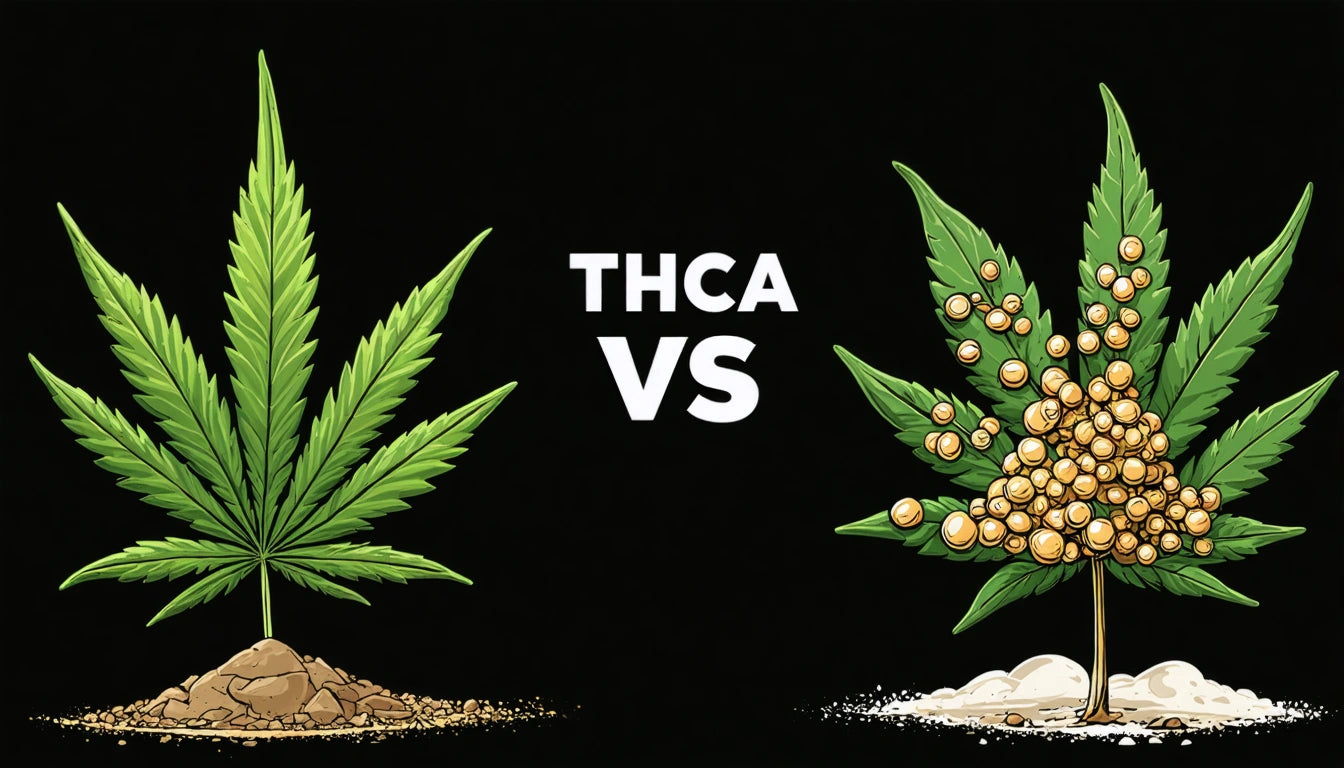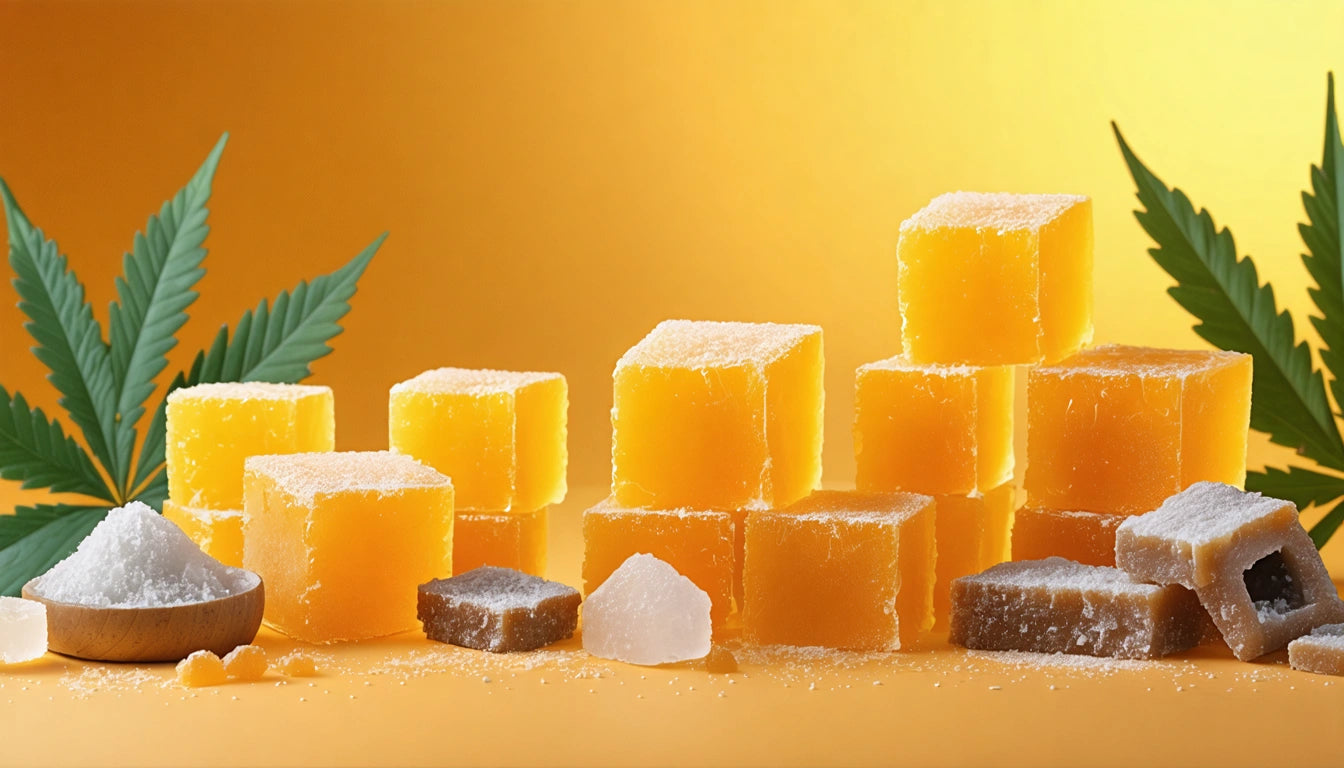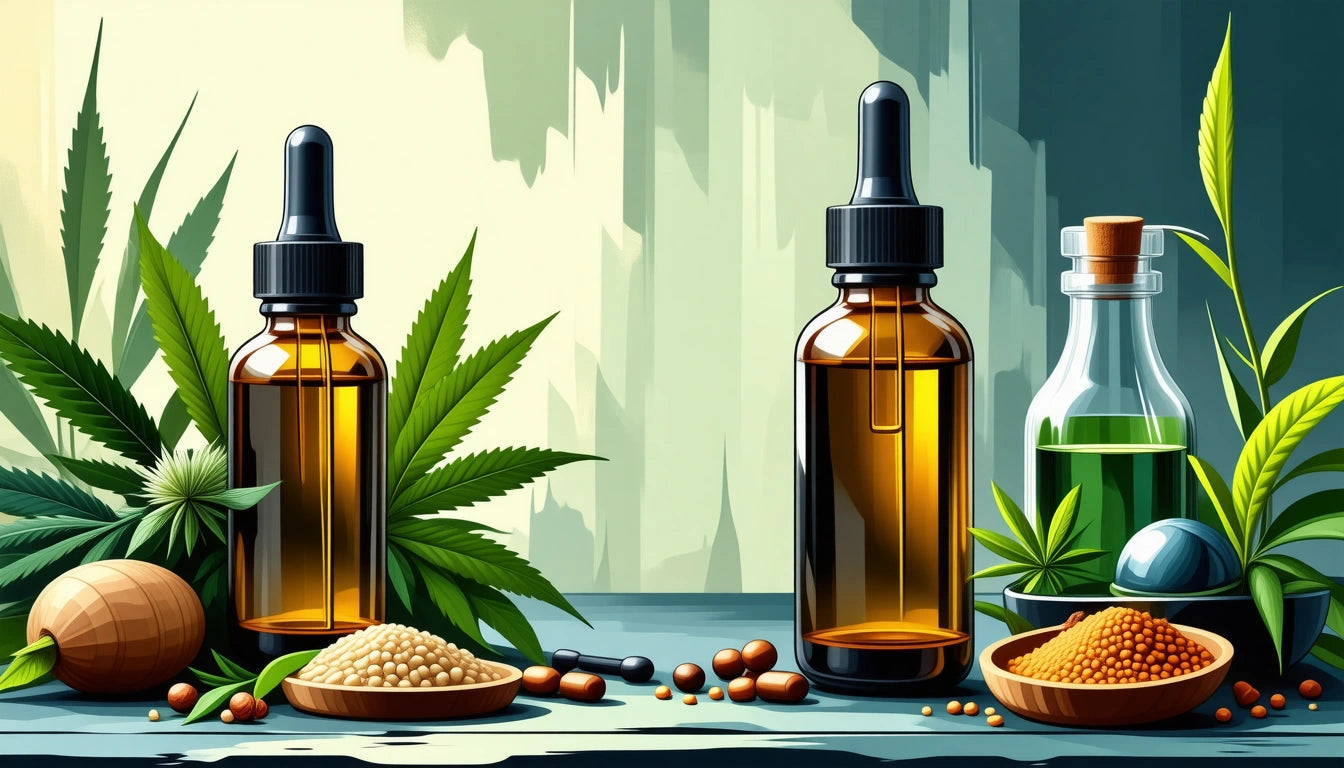THCA vs. THC: Understanding the Differences in Cannabis Products
The cannabis industry continues to evolve with increased understanding of the plant's complex chemistry. Two compounds frequently discussed are THCA and THC, which despite their similar names, offer distinct properties and effects. This comprehensive guide explores the differences between THCA weed vs THC weed, helping consumers and industry professionals make informed decisions.
Chemical Structure and Natural Occurrence
THCA (tetrahydrocannabinolic acid) is the precursor to THC (tetrahydrocannabinol) and exists naturally in raw, unheated cannabis plants. The primary difference lies in their molecular structure: THCA contains an additional carboxyl group that THC does not.
In living cannabis plants, THC is not present in significant amounts. Instead, the plant produces THCA, which accumulates in the trichomes of the flower. According to our research on THCA, this compound is non-psychoactive in its raw form, making THCA flower fundamentally different from what many consider "regular weed."
Psychoactive Properties and Effects
The most significant distinction between THCA vs real weed relates to their psychoactive properties:
- THC: Produces the characteristic "high" associated with cannabis consumption
- THCA: Does not produce intoxicating effects in its natural state
As explained in our guide to THCA's effects and potency, THCA only becomes psychoactive when converted to THC through decarboxylation. This transformation occurs when cannabis is exposed to heat through smoking, vaping, or cooking.
Legal Status and Regulations
The legal distinction between THCA and THC creates significant implications for consumers and businesses alike. In many jurisdictions, regulations focus specifically on THC content rather than THCA. This has created a complex legal landscape where:
Products marketed as "THCA flower" sometimes exist in a regulatory gray area in certain states. The legality of THCA products varies significantly by location, with some markets allowing THCA products while restricting THC.
This legal distinction represents one of the most significant aspects of the THCA vs marijuanas difference that consumers should understand.
Consumption Methods and Decarboxylation
How cannabis is consumed dramatically affects whether THCA converts to THC:
Heat-Based Methods (Decarboxylation)
When cannabis is smoked, vaped, or cooked, heat converts THCA to THC through a process called decarboxylation. As detailed in our analysis of smoking THCA, this transformation happens almost instantly when flower is combusted.
Raw Consumption
Raw cannabis consumption methods like juicing fresh leaves preserve THCA without converting it to THC. This allows users to experience potential therapeutic benefits without psychoactive effects.
For optimal preservation of cannabinoids in either form, proper storage is essential. Using humidity control solutions helps maintain the integrity of flower products by preventing both overdrying and mold growth, preserving the natural cannabinoid profile whether you're storing THCA-rich or THC-dominant products.
Therapeutic Potential and Medical Applications
Both compounds offer distinct therapeutic properties:
- THC: Known for pain relief, appetite stimulation, nausea reduction, and sleep assistance
- THCA: Being researched for potential anti-inflammatory, neuroprotective, and anti-emetic properties without psychoactive effects
The benefits of THC and THCA flower continue to be studied, with emerging research suggesting THCA may offer unique therapeutic applications for patients seeking relief without intoxication.
Product Labeling and Testing
Cannabis product labels often display total potential THC, which combines existing THC with the THC that would result if all THCA were converted. Understanding this distinction is crucial for consumers comparing products.
When examining lab results:
- THCA percentage represents the acid form present in the raw product
- THC percentage shows the activated cannabinoid already present
- Total potential THC calculates what would result after complete decarboxylation
This explains why some products labeled as "THCA flower" may appear similar to "regular weed" on lab reports when considering total potential THC.
Future of Cannabinoid Research and Products
The cannabis industry continues to evolve with increasing sophistication in how cannabinoids are understood, processed, and marketed. As research expands, we're likely to see more products specifically formulated to preserve or enhance either THCA or THC based on desired effects.
The distinction between hemp-derived and marijuana-derived cannabinoids adds another layer of complexity to this evolving landscape. With ongoing research and regulatory changes, consumers can expect more targeted products designed to leverage the specific properties of each cannabinoid.
Understanding the fundamental differences between THCA vs THC empowers consumers to make informed choices about cannabis products based on their desired effects, legal considerations, and consumption preferences. Whether seeking therapeutic benefits without intoxication or the traditional effects of cannabis, knowing these distinctions is essential in today's diverse cannabis marketplace.











Leave a comment
All comments are moderated before being published.
This site is protected by hCaptcha and the hCaptcha Privacy Policy and Terms of Service apply.